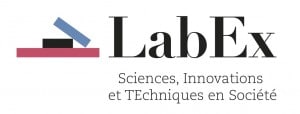LIST OF SCIENTIFIC WORKS THAT HAVE USED CORTEXT MANAGER
(Sources: Google Scholar, HAL, Scopus, WOS and search engines)
We are grateful that you have found CorTexT Manager useful. Over the years, you have been more than 1050 authors to trust CorTexT for your publicly accessible analyzes. This represents a little less than 10% of CorTexT Manager user’s community. So, thank you!
We seek to understand how the scientific production that used CorText Manager has evolved and to characterise it. You will find here our analysis of this scientific production.
Browse documents by main topics
| What types of documents? |
|---|
| What types of documents? |
| 237 journal articles |
| 42 conference proceedings |
| 41 conference (not in proceedings) |
| 39 Ph.D. thesis |
| 31 reports |
| 30 online articles |
| 24 book chapters |
| 21 masters thesis |
| 12 workshop |
| 11 bachelorthesis |
| 10 book |
| 5 miscellaneous |
| 2 presentation |
| 1 manual |
| 1 workingpaper |
| 1 proceedings |
| Main peer-reviewed journals |
|---|
| Main peer-reviewed journals |
| Scientometrics |
| I2D - Information, données & documents |
| PloS one |
| Réseaux |
| Revue d’anthropologie des connaissances |
| Library Hi Tech |
| Revue d'anthropologie des connaissances |
| Journal of Rural Studies |
| Agronomy for Sustainable Development |
| Journal of Hazardous Materials |






